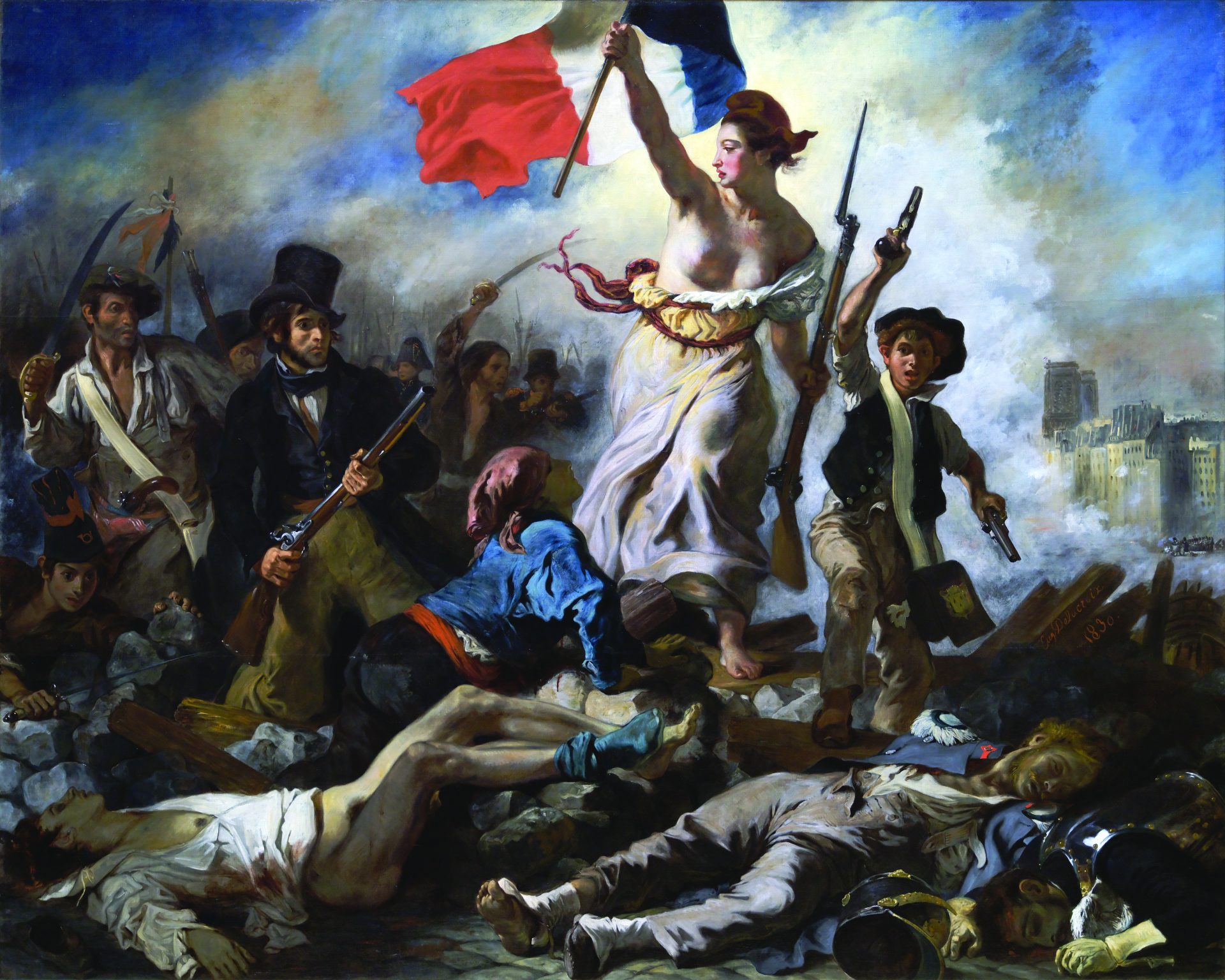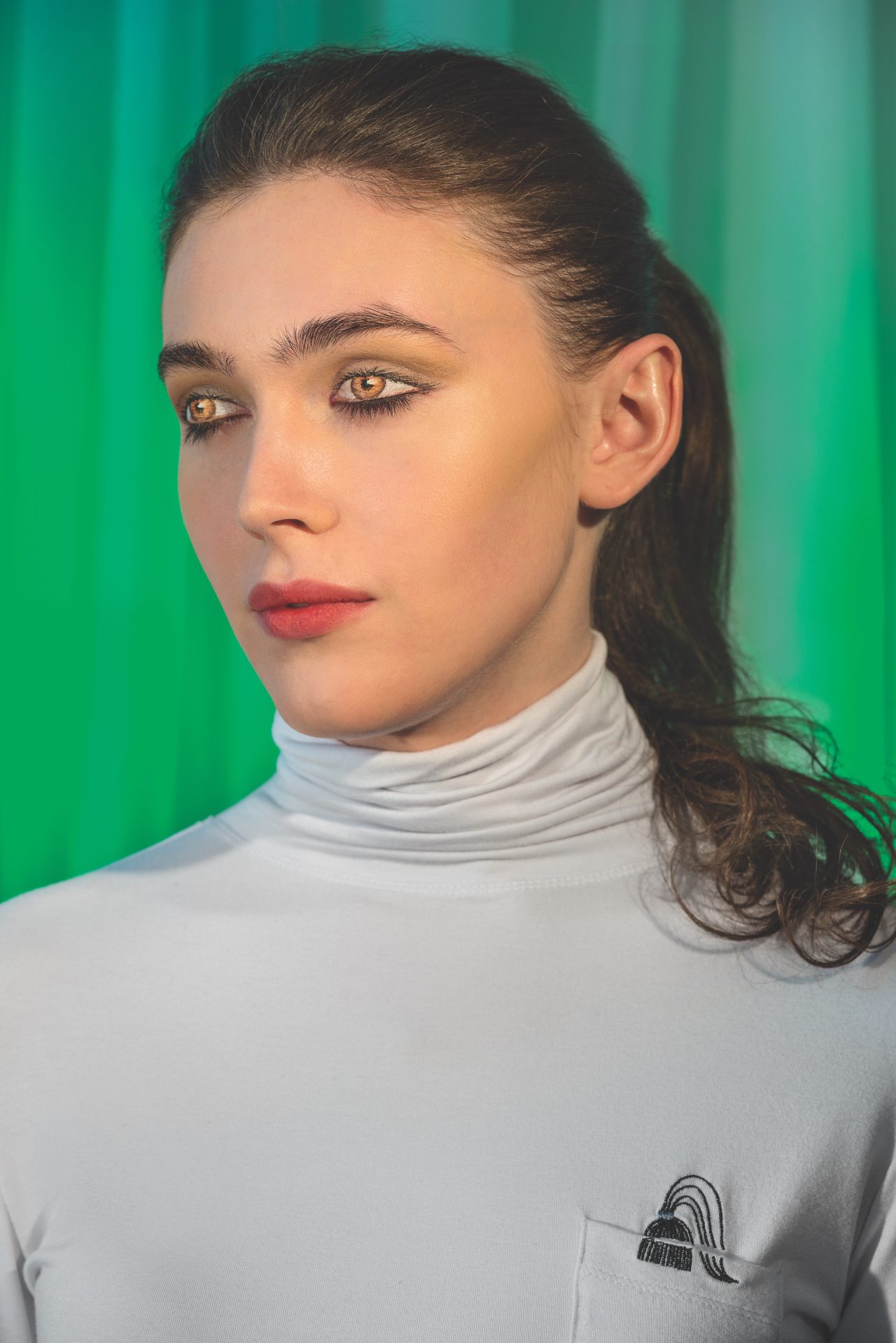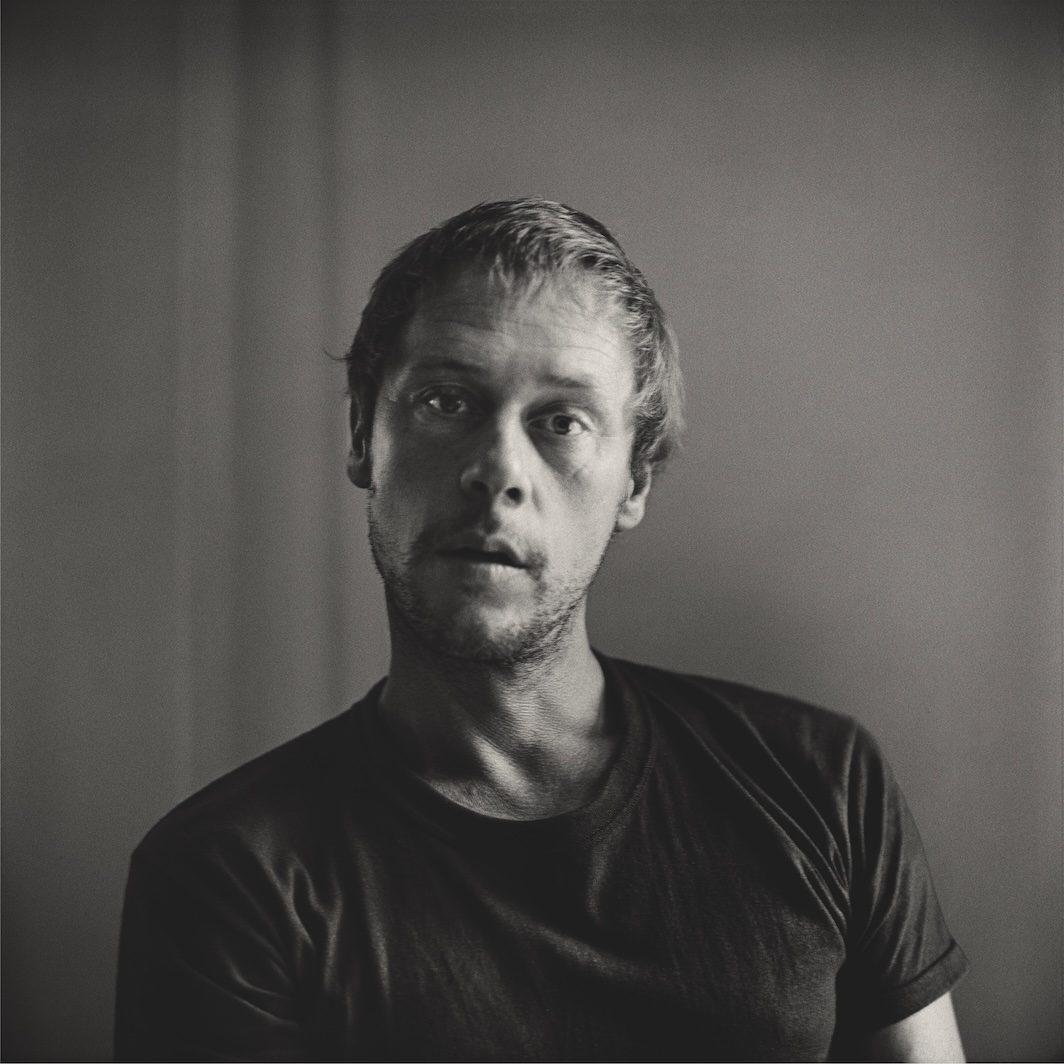
Americans tend not to get the pleasures of European fiction. If we’re going to read translated literature, we want it Big or Important—Proust, Eco, Sebald, Bolaño—and as for domestic product, blockbuster-driven publishers often seem to prefer flawed big books to flawless little ones. What a joy, then, to pick up another 100-to-150-page novel by Jean-Philippe Toussaint, which promises delight, and delivers.
Toussaint, a Belgian who writes in French, is the author of nine novels. His latest, The Truth About Marie, is the third in a trilogy about the breakup of a nameless, Toussaint-ish narrator and the woman he has lived with for six years. Making Love, the first novel in the trilogy, tracks the overlapping disorientations of jet lag and breaking up as the couple arrives in Japan (they are often in transit). Running Away (2009) takes place six months earlier: A sort of globalized noir, it follows the narrator on a mysterious trip to China involving gangsters and bundles of cash. The Truth About Marie, which occurs mostly six months after Making Love (2004), jumps backward and forward in time and between the locations of the earlier books. By this point the couple have gone their separate ways, so there is some metafictional play on offer, too: How does the narrator know what happens, if he’s not around? And how do the stories he tells—necessarily fiction—give access to “the truth”?
It is the kind of trilogy you can pick up anywhere, since it circles again and again around the same relationship, but Running Away is probably the best place to start and Toussaint’s best book to date (Making Love is the most skippable). It is often said about Toussaint’s books that plot doesn’t matter, but that may be an opinion formed in response to his earlier novels, such as the one in which the narrator spends most of the book in the bathroom. While the novels in this trilogy may not have typical plot arcs, they do have plots—things that happen and matter, to the characters and to you. But you’re less pulled ahead by suspense than pushed forward by the many surprises and felicitous moments. Take Running Away, for instance, which effortlessly shifts from near-cinematic chase sequences in China to a mournful third part in Corsica, where the narrator reconnects with Marie (despite the book’s title). Corsica doesn’t “resolve” the China plot of the book; instead, the book simply takes us to Corsica.
It’s on the small scale, though, that Toussaint is at his most playful. At one point in the latest book, Marie sits on a bed in only a shirt, “her legs making a Z,” a nice little sizzle of image—you have to stop and picture it to see what he means, then it’s perfect. But Toussaint doesn’t stop there: In a gratuitous burst of alphabetic wit, he says her legs make “a Z under her XL T-shirt.” Or take this passage from Making Love:
Marie’s name was de Montalte, Marie de Montalte, Marie Madeleine Marguerite de Montalte (she could have signed her collections like that, M.M.M.M….). When I first met her, she was calling herself Marie de Montalte, sometimes simply Montalte, without the particle, while her friends and associates had nicknamed her Mamo, which I’d changed into MoMA when she had her first shows of contemporary art. Later, I’d dropped MoMA for Marie, just plain Marie (all that for that).
I love all the M’s and then that final parenthetical, the narrator’s wry acknowledgment that, yes, none of this rigmarole adds up to much—which is also a wink from the author to readers, a reminder that the enjoyment we get from this verbal play, whatever it adds up to, is what reading fiction is about.
While Toussaint can conjure whimsy, he doesn’t stint on fiction’s traditional task of transporting readers to freshly experienced worlds. There is a magnificent sequence in The Truth About Marie about trying to get a thoroughbred horse onto a plane in Japan for shipment back to France, and trying to catch it when it spooks and gallops from the runway into the darkness and rain. The scene has everything from the bureaucracy of the customs office to the horse’s feelings of confusion to his black croup, smooth and shiny, as he steps backward, hooves clanking loudly as they seek footing on a metal ramp. There is the trilogy’s main love story; there are explicit sex scenes. And there are big-ticket intellectual items, such as identity, which comes into play when the narrator gets a phone call from Marie while in bed with another woman: “I was gazing at Marie confusedly (Marie, her name was also Marie). . . . Make no mistake, I had no trouble distinguishing between Marie and Marie—Marie wasn’t Marie.” Meanwhile, we learn fifty pages in that Marie’s lover, whom the narrator calls Jean-Christophe, has died: “Jean-Baptiste is dead, she told me (and I didn’t know what to say, having always thought his name was Jean-Christophe).” For the rest of the book, he returns to calling him Jean-Christophe. And this in a book purporting to be “the truth”!
“Marie wasn’t Marie”: There is a whole range of appropriate responses to Toussaint’s writing—from a smile at his wit to a dissertation on “identity and tautology in the trilogy”—and it bears up equally well under them all. Tom McCarthy, the author of Remainder and C and one of Toussaint’s leading advocates in the English-speaking world, has made his case for Toussaint in terms of Deleuze and Descartes and the burden of the legacy of Alain Robbe-Grillet, all of which is perfectly true but gives the unfortunate impression that Toussaint is a purveyor of purely professorial pleasures. His structures have such weighty meaning, but are also a game—you can take it seriously, or just enjoy it, or both, as is true of only the best games.
In fact, Toussaint writes wonderfully about games in all his books. There is a long, gripping scene in Running Away at a bowling alley in Beijing, where the narrator loses himself and his grief in a zone that is
geometrical, hence painless—because geometry is painless, without flesh or even the concept of death—a pure, mental construction, a reassuring abstraction, a single triangle and rectangle, the triangle of ten red and white curved pins arranged before me, the rectangle of the long, almost white lane of natural wood stretched out beneath my feet. . . . Coordinating the hand with the eye is all it takes—the secret of perfect form. It all comes down to precision; the rest is pathos.
It’s an ars poetica and also just bowling; a gesture for the sake of it (“all that for that”), but the narrator also wants to win.
Toussaint’s favorite games are the geometrical ones—boules, billiards, bowling, chess, darts—and in general he is a writer of geometries, both emotional and structural. Near the start of the trilogy: “The other’s absence was probably the only thing that could still bring us together, whereas being with each other would only accelerate the breakup in progress and make our parting official.” Marie or the narrator is often shirtless or pants-less, and at one point they hug standing up on the beach: “Unspeaking, our two bodies had become one, half nude, half dressed, her bare legs moved under my bare torso as if they were attached, while the sides of her shirt flapped around the waist of my pants.” The most moving scene in all of Toussaint’s writing is a cell-phone call in Running Away, between the narrator on a speeding train in China and Marie hurrying out of the Louvre. As the two characters hurtle their separate ways, in complex emotional trajectories of their own, they reach out to each other both technologically and imaginatively (the narrator in China giving precise information about Marie’s every movement in Paris). Tracing out all the geometries here would give away half the trilogy.
For all their carefully constructed symmetries, Toussaint’s books are anything but rigid: One reason they never feel too short is that they leave plenty of room for moments without plot significance. His writing, even with its formal control, always gives the sense that he is making it up as he goes along. (“The only wish I expressed, before we left the store, was to buy mushrooms, different kinds of mushrooms in vacuum-packed plastic trays, in bouquets of tiny little caps or in big strips that looked like chanterelles. I just felt like having some mushrooms, that’s all.”) Of course, a hundred pages of arbitrary choices, or even far fewer, would feel too long. Toussaint swerves into these moments of narrative calm, digressions that make the books feel spacious even as they undercut any propulsive plot suspense. It’s the juxtaposition, the sudden turn to irrelevant mushrooms—the verb of the swerve—that makes the books what they are. Near the end of the trilogy, Marie sits down next to “a bouquet of wild flowers she’d arranged the night before in the kitchen, with a sense of refinement she demonstrated time and again when dealing with colors and fabrics, never forcing novelty or originality, just a small gesture, simple, confident, natural, bringing together, in a vase, the obvious and the impossible”—a perfect description, too, of Toussaint’s art.
Damion Searls is the author of the story collection What We Were Doing and Where We Were Going (Dalkey Archive Press, 2009) and has translated books by Rilke, Proust, Hans Keilson, Stéphane Hessel, and Ingeborg Bachmann.






